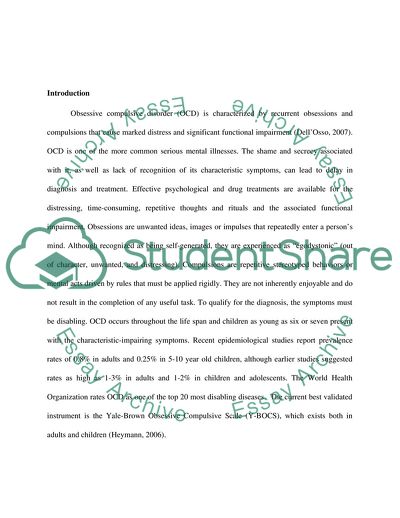Cite this document
(Diagnosis and Treatment of Obsessive-Compulsive Disorder Term Paper, n.d.)
Diagnosis and Treatment of Obsessive-Compulsive Disorder Term Paper. https://studentshare.org/health-sciences-medicine/1709768-sri-in-the-treatment-of-obsessive-compulsive-disorder
Diagnosis and Treatment of Obsessive-Compulsive Disorder Term Paper. https://studentshare.org/health-sciences-medicine/1709768-sri-in-the-treatment-of-obsessive-compulsive-disorder
(Diagnosis and Treatment of Obsessive-Compulsive Disorder Term Paper)
Diagnosis and Treatment of Obsessive-Compulsive Disorder Term Paper. https://studentshare.org/health-sciences-medicine/1709768-sri-in-the-treatment-of-obsessive-compulsive-disorder.
Diagnosis and Treatment of Obsessive-Compulsive Disorder Term Paper. https://studentshare.org/health-sciences-medicine/1709768-sri-in-the-treatment-of-obsessive-compulsive-disorder.
“Diagnosis and Treatment of Obsessive-Compulsive Disorder Term Paper”. https://studentshare.org/health-sciences-medicine/1709768-sri-in-the-treatment-of-obsessive-compulsive-disorder.


